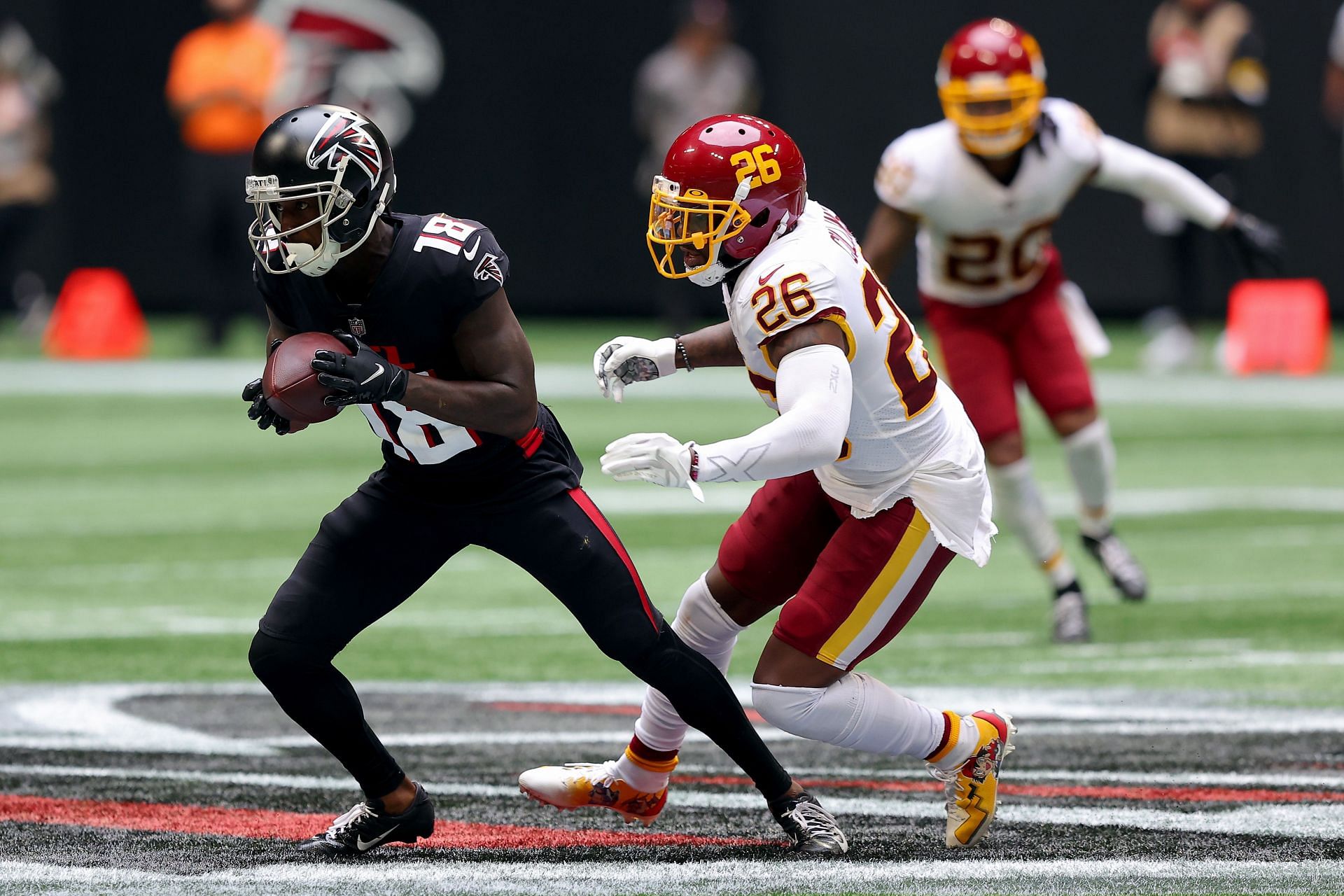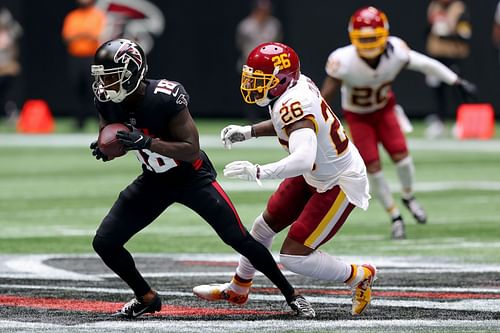
3 reasons why the WFT defense has struggled so far in 2021

The WFT defense was expected to come into the season and put up impressive performances. Instead, all they have served up is repeated duds. Except for the first two games this season, when they limited the Chargers and the Giants to 20 and 29 points respectively, they have given up 30 points or more this season. Here is a look at some of the reasons why the WFT defense has repeatedly struggled.
Problems plaguing the WFT defense
#1 - Lack of communication in the secondary
Every defensive coach worth their salt will tell you that the most important thing while defending is communication. The WFT defense has been sorely lacking in that. Everyone seems to be rushing into decisions and ending up covering the same opposing player sometimes. If one does not communicate with his peers, it is difficult to put proper pass coverage in place.
#2 - Faltering pass rush
Another issue that has repeatedly let the WFT defense down is the pass rush. If the secondary is not playing as well as it is supposed to, they at least expect some help from the linebackers and the defensive ends. That has, however, not been forthcoming. The problem has been that they have left too many open lanes across the middle for the quarterback to rush up to the line of scrimmage and pass even when they are successful in generating some pressure. An example is shown below.
The WFT defense is generating sufficient pressure on the quarterback. They are not succeeding in sealing the pocket that should result in a sack.
#3 - Lack of coherence on the defensive line
The second point leads directly to the third point. The pass rush is faltering because, just like the secondary, there is a lack of coherence in the defensive line. In the example above, when there is pressure coming from the outside to the quarterback, someone is expected to retrace and block the escape routes for the quarterback, which never happens.
This has happened the other way around too. When inside pressure came, instead of retracing the steps, the defensive ends were too hungry to get to the quarterback and instead opened up lanes for them.
When all is said and done, the solution is also clear. More time on the practice field communicating and getting used to each other and trusting their teammates should solve the problem.